The Nikon F50 is a practical, budget‑friendly entry into analog photography. It brings autofocus ease to 35mm film, adds full P/A/S/M control for learning exposure, and accepts a broad range of F‑mount lenses. If you’re looking to Buy Nikon F50 second hand, this guide covers what it’s like to use, which features still matter, and how to check a body before you commit. You might also see it listed as the Nikon N50—same camera, different market name.

Nikon F50 at a Glance (1994)
Approachable 35mm autofocus SLR
Launched as an accessible 35mm SLR, the Nikon F50 prioritizes ease of use. Its push‑button interface and top LCD make mode changes straightforward, while the built‑in pop‑up flash handles quick fill or indoor snapshots without extra gear.
Balanced features for learning and creating
Where the F50 shines is in pairing a simple single‑point autofocus system with full Program, Aperture Priority, Shutter Priority, and Manual modes. You can start in Program for a stress‑free baseline, then move into A/S/M as you grow.
Portable, lightweight build
The plastic body keeps weight down for all‑day carry. It’s a great companion for walks, travel, or casual storytelling—enough control to grow with you, without overcomplication.
My first roll on an F50 was a stroll through the neighborhood market. I started in Program mode, then switched to Aperture Priority for portraits at a food stall. The pop‑up flash saved one backlit frame—just a touch of fill made the moment.

Key Specs That Still Matter
Film format and lens mount
Film: standard 35mm, easy to find and process. Lens mount: Nikon F‑mount. The F50 works well with many AF‑D lenses for autofocus. Classic AI and AI‑S lenses can often be used in stop‑down operation; meter and exposure behavior may vary, so test your exact combo before important shoots.
Autofocus and metering
A straightforward single‑point autofocus handles everyday subjects. Half‑press, wait for confirmation, and recompose as needed. The in‑camera meter is reliable when you match it with appropriate film speeds and lighting.
Exposure modes and flash
Choose Program for speed, Aperture Priority for depth‑of‑field control, Shutter Priority for motion, or Manual for full intent. The integrated pop‑up flash adds quick fill, especially for people photos at close range.
Power and ergonomics
The F50 uses a single 2CR5 lithium battery. The top LCD display keeps settings visible, and the compact grip makes it comfortable for extended use. Carry a spare battery if you plan on flash work or cold‑weather sessions.

Setup and First Roll: A Quick Start
Load and confirm
Open the back, seat the 35mm canister, pull the leader to the take‑up area, and close the door. The camera auto‑advances—confirm frame count on the top LCD.
Start simple, then explore
Begin in Program mode to get a feel for the meter and autofocus. Try Aperture Priority for portraits and shallow depth, or Shutter Priority for panning and motion control. Shift to Manual when you want full creative control.
Focus technique
Use a half‑press to lock focus with the single AF point, then recompose. This “focus‑and‑recompose” approach keeps the subject sharp without navigating extra controls.
Use fill flash thoughtfully
In flat light or backlit scenes, the pop‑up flash adds clarity at close distances. Keep some space from reflective backgrounds to avoid hotspots.
Finish, rewind, and archive
When the roll is done, auto rewind kicks in. Label the canister with film stock and ISO for easy tracking. After development, scan via a flatbed film scanner or a DSLR scanning setup for a clean hybrid workflow.

Creative Use Cases
Street and everyday stories
The compact footprint and quiet operation make the Nikon F50 a natural for street photography and daily life documentation.
Learn exposure with confidence
Switching among P/A/S/M builds a practical understanding of exposure without complex menus. It’s a great classroom in your hands.
Candid portraits with flash
For quick snapshots of friends and family, autofocus plus the pop‑up flash provide reliable results with minimal setup.
Lens exploration platform
Experiment with classic manual optics via stop‑down use. Check metering behavior, and bracket or meter externally until you know how your lens and body interact.

Film and Power Tips for 2025
Reliable film picks
For everyday color, Kodak Gold 200 is forgiving and friendly to mixed light. For black‑and‑white flexibility, Ilford HP5+ handles varied conditions beautifully. After a cinematic vibe? Try Cinestill 400D.
Battery basics
Keep at least one spare 2CR5 battery for the Nikon F50, especially if you use flash frequently. In cold weather, store the spare in a warm pocket to preserve capacity.
Build your feedback loop
Log film stocks, lighting notes, and exposure settings. Over time, this habit clarifies what works for your style and subjects.

Second‑Hand Buying Checklist and Pricing
Shopping second hand keeps gear in circulation and reduces waste—great for both your budget and the planet. Condition varies, so inspect carefully and prioritize a body that powers on, meters predictably, and advances film without issue. Helpful extras include a body cap, intact strap lugs, and an F‑mount lens to get started.
- Insert a 2CR5 and verify camera powers on.
- Check top LCD for full, readable segments (no fading).
- Cycle shutter at multiple speeds; listen for consistency.
- Confirm autofocus locks and beeps (if enabled).
- Test metering readout changes with light and aperture.
- Load a scrap film leader to ensure advance and rewind work.
- Inspect film door hinges and foam seals for wear.
- Open battery compartment for corrosion or residue.
- Pop the built‑in flash and fire a test.
- Inspect mount for wear; attach/detach a lens smoothly.
Care and Maintenance
Store smart
Remove the 2CR5 battery if you won’t use the camera for a while to prevent leakage. Keep a body cap on to protect the mirror box, and store in a dry place with silica gel packs to protect the seals.
Keep it clean
Wipe exterior surfaces with a dry microfiber. If the grip feels tacky, a tiny amount of isopropyl alcohol on a microfiber can help—go gently and avoid printed markings. Operate the shutter occasionally to keep mechanisms exercised.

Who the Nikon F50 Suits Best
- Analog newcomers seeking an easy, affordable first SLR.
- Budget‑minded film shooters wanting P/A/S/M with autofocus.
- Hybrid creators who value F‑mount lens continuity across systems.
- Anyone who prefers a simple, dependable body that gets out of the way.
Ready to try a Nikon F50?
If this Nikon F‑mount film camera fits your style, consider these next steps:
- Shop tested Nikon F50 bodies
- Get notified when a Nikon F50 is in stock
- Request a Nikon F50 condition report
- Trade in gear for credit toward a Nikon F50
Whether you’re after a straightforward Nikon F50 review or practical Nikon F50 specs, the goal is the same: make pictures you’re proud of, with gear that lasts.




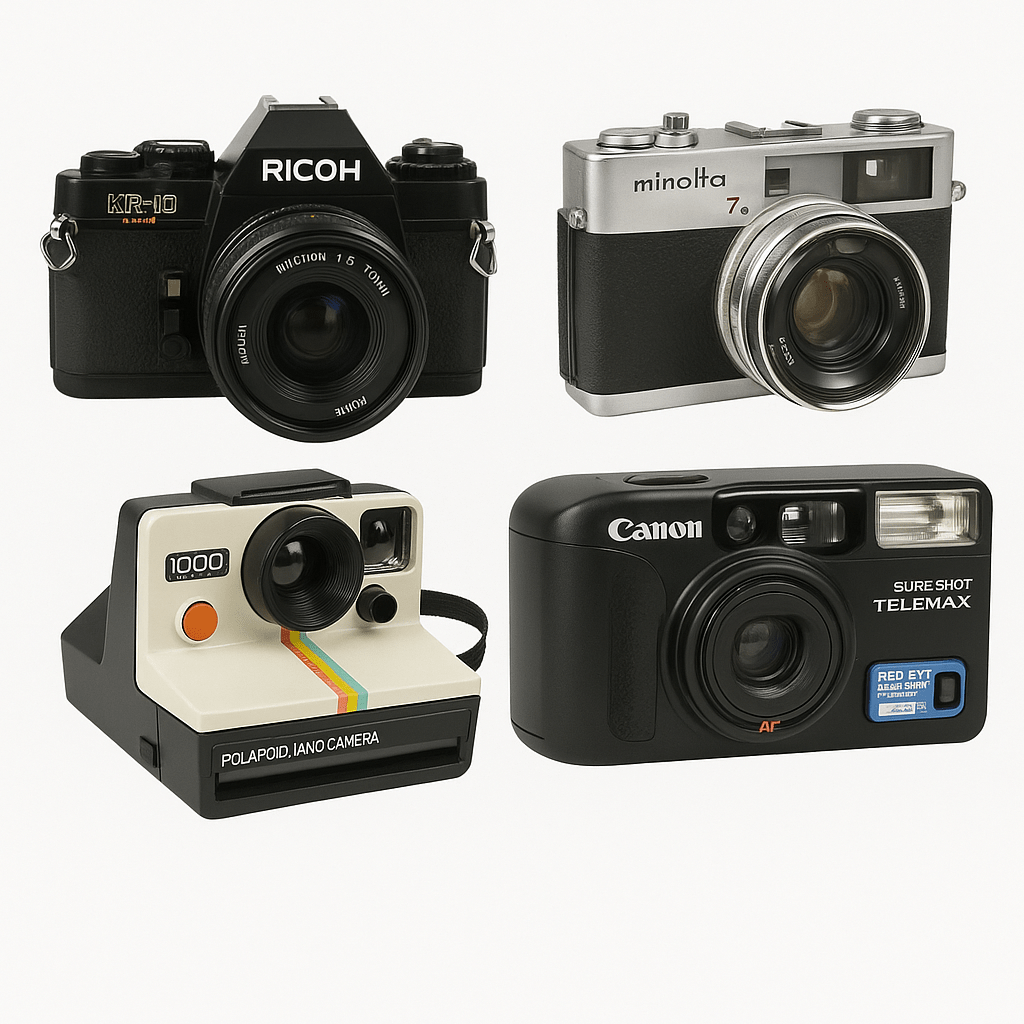
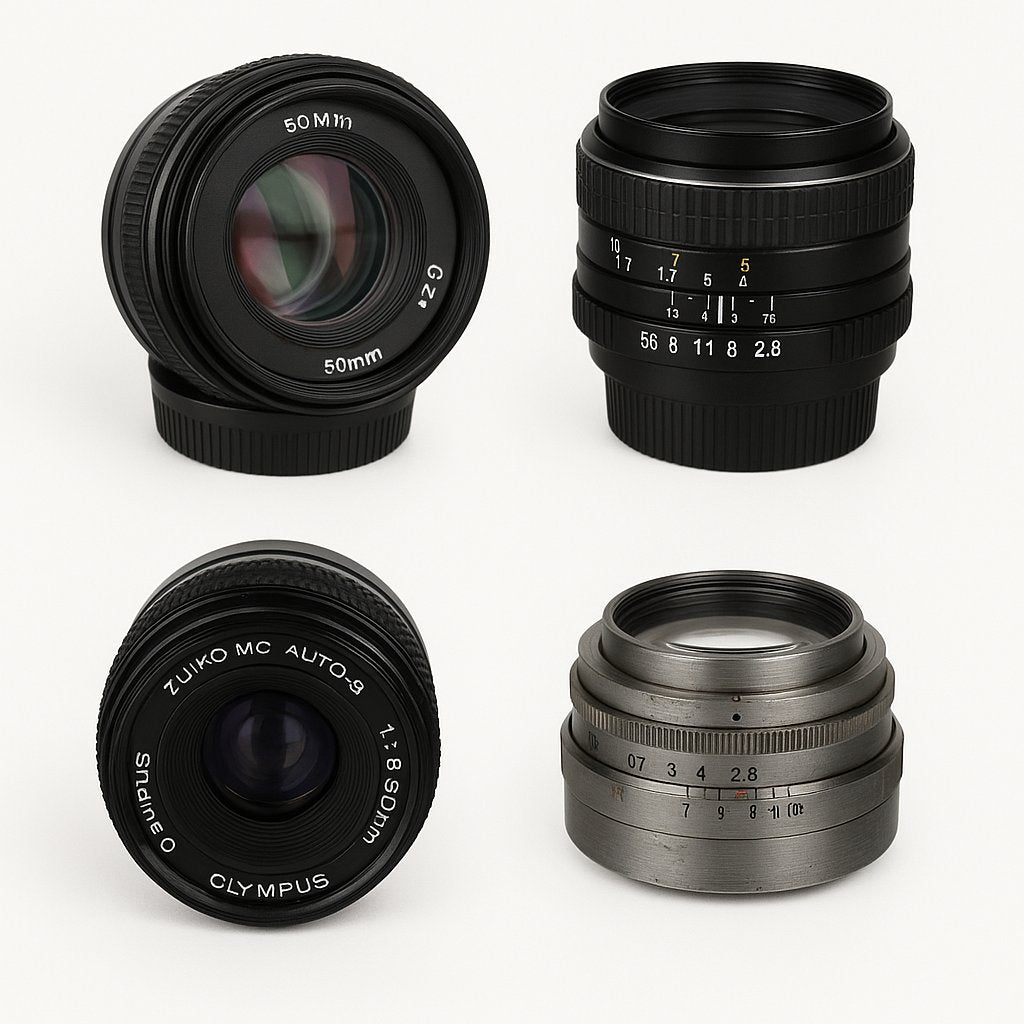
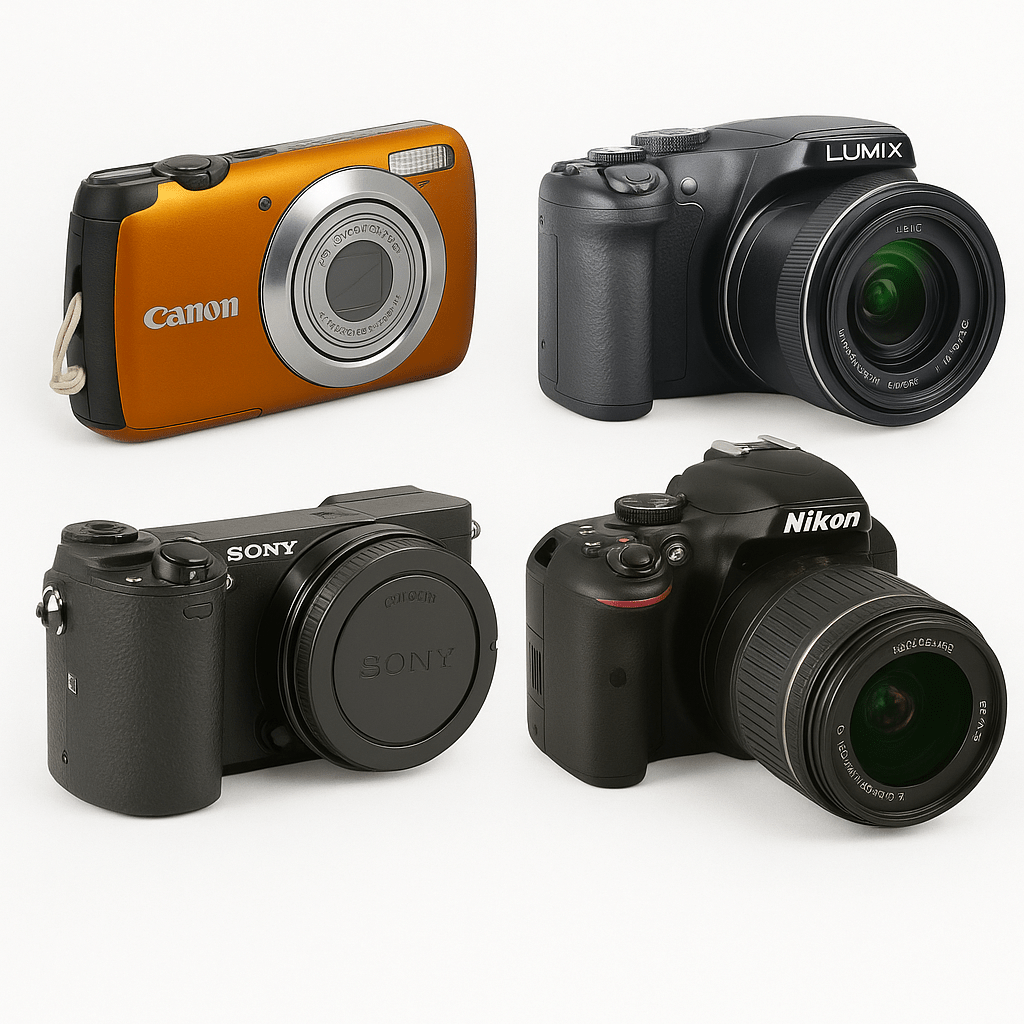
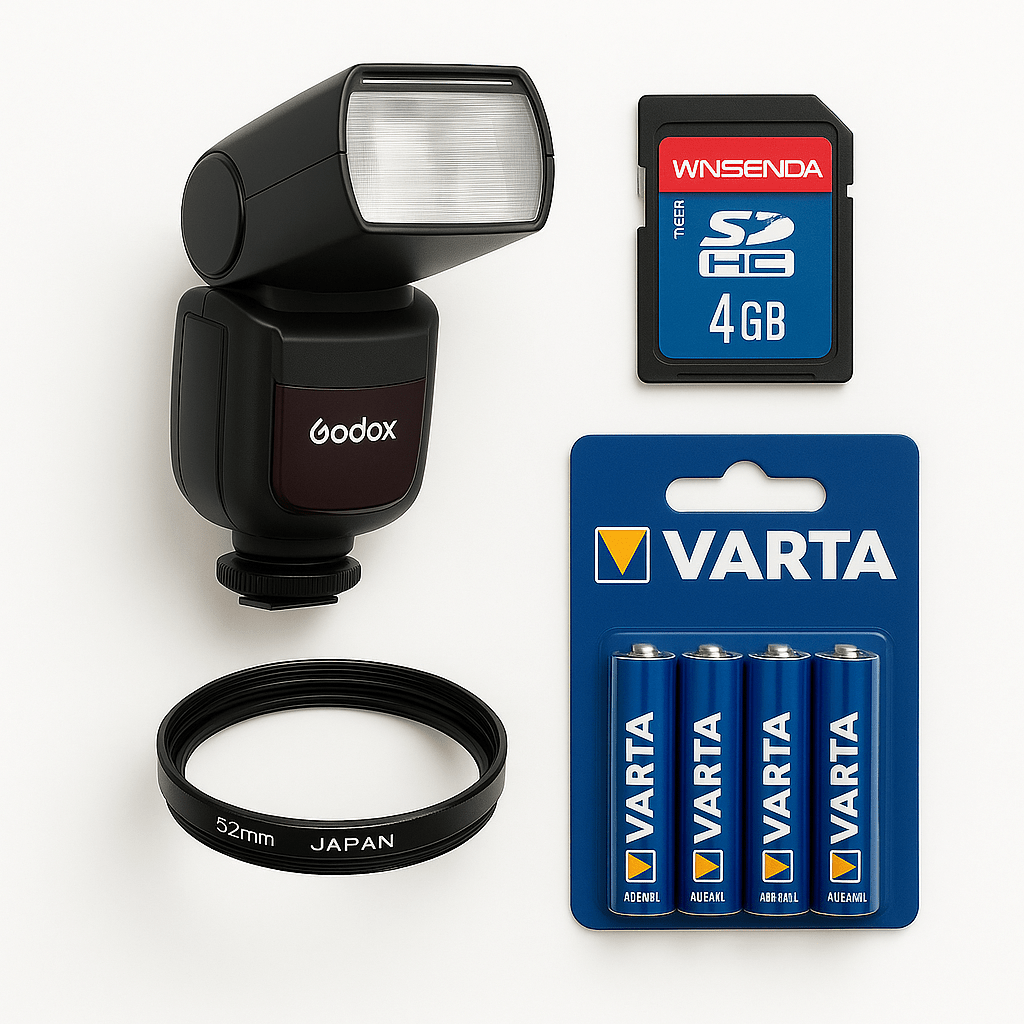
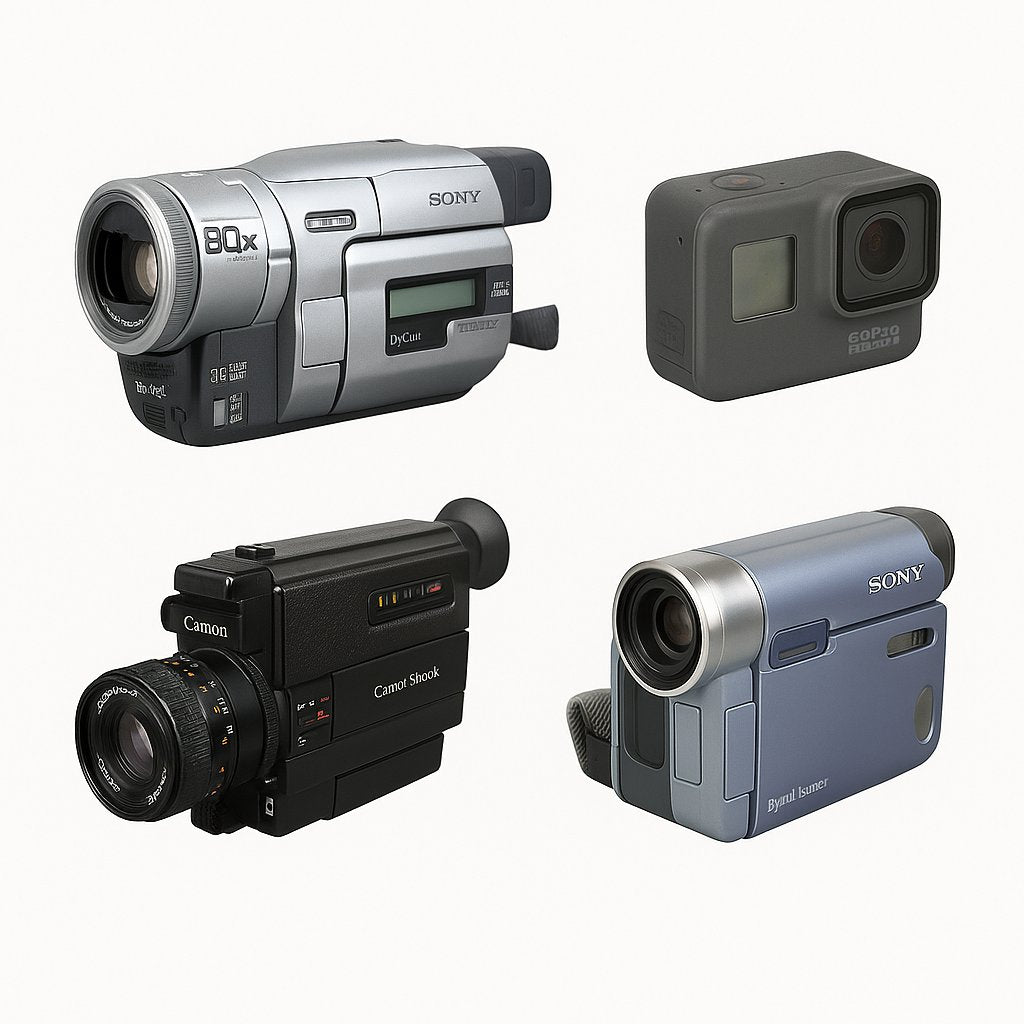
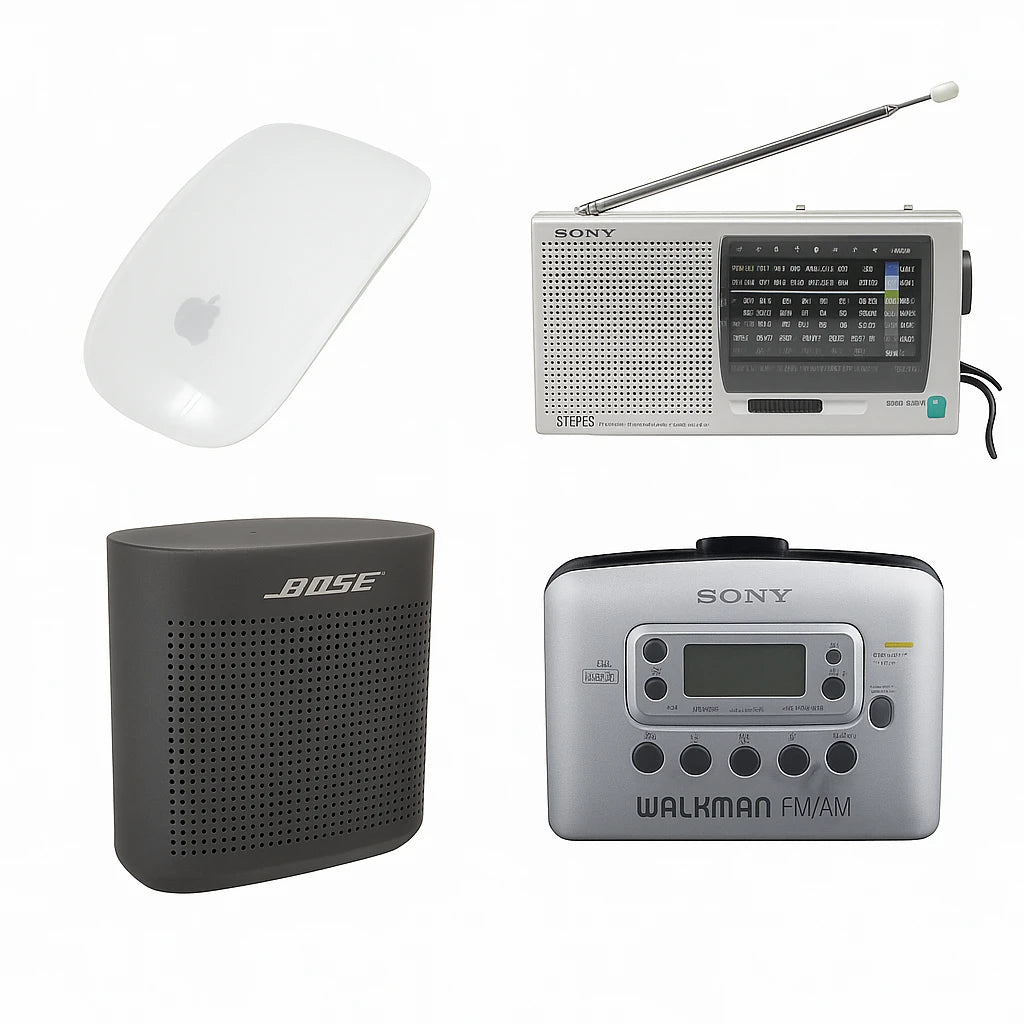
0 comments